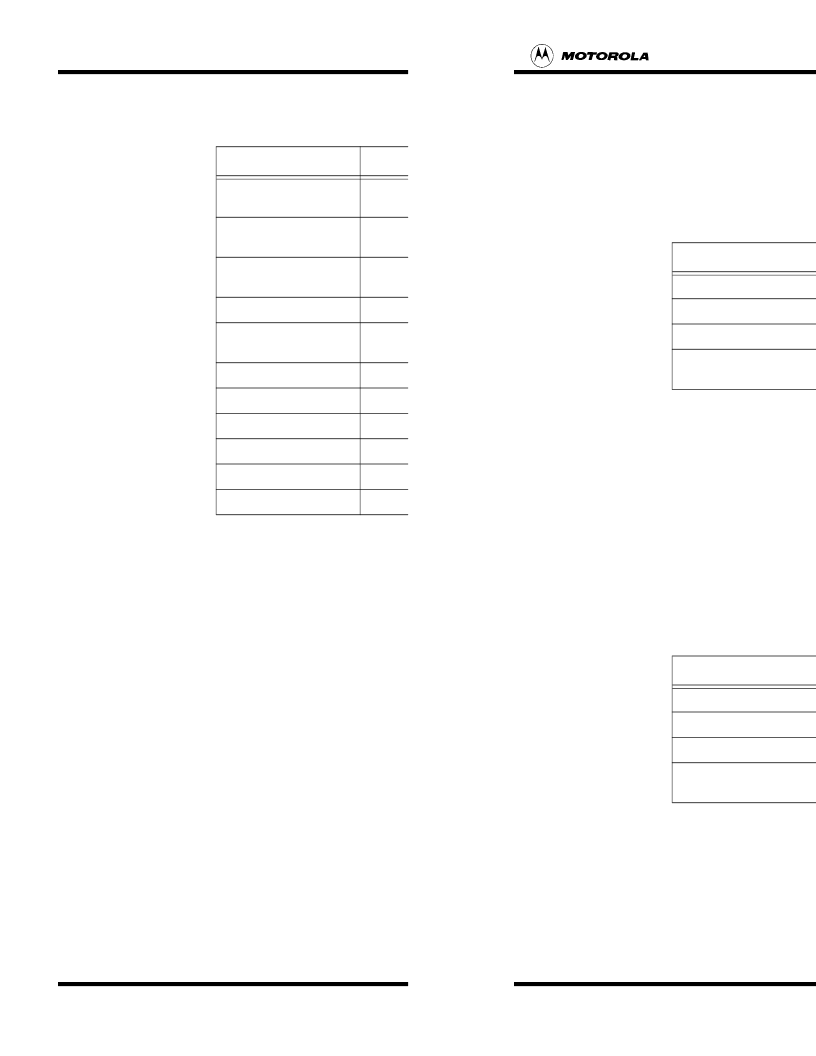- 您現(xiàn)在的位置:買賣IC網(wǎng) > PDF目錄368103 > PPSMMANUAL PPSMMANUAL PDF資料下載
參數(shù)資料
| 型號: | PPSMMANUAL |
| 英文描述: | PPSMMANUAL |
| 中文描述: | PPSMMANUAL |
| 文件頁數(shù): | 82/187頁 |
| 文件大小: | 1616K |
| 代理商: | PPSMMANUAL |
第1頁第2頁第3頁第4頁第5頁第6頁第7頁第8頁第9頁第10頁第11頁第12頁第13頁第14頁第15頁第16頁第17頁第18頁第19頁第20頁第21頁第22頁第23頁第24頁第25頁第26頁第27頁第28頁第29頁第30頁第31頁第32頁第33頁第34頁第35頁第36頁第37頁第38頁第39頁第40頁第41頁第42頁第43頁第44頁第45頁第46頁第47頁第48頁第49頁第50頁第51頁第52頁第53頁第54頁第55頁第56頁第57頁第58頁第59頁第60頁第61頁第62頁第63頁第64頁第65頁第66頁第67頁第68頁第69頁第70頁第71頁第72頁第73頁第74頁第75頁第76頁第77頁第78頁第79頁第80頁第81頁當(dāng)前第82頁第83頁第84頁第85頁第86頁第87頁第88頁第89頁第90頁第91頁第92頁第93頁第94頁第95頁第96頁第97頁第98頁第99頁第100頁第101頁第102頁第103頁第104頁第105頁第106頁第107頁第108頁第109頁第110頁第111頁第112頁第113頁第114頁第115頁第116頁第117頁第118頁第119頁第120頁第121頁第122頁第123頁第124頁第125頁第126頁第127頁第128頁第129頁第130頁第131頁第132頁第133頁第134頁第135頁第136頁第137頁第138頁第139頁第140頁第141頁第142頁第143頁第144頁第145頁第146頁第147頁第148頁第149頁第150頁第151頁第152頁第153頁第154頁第155頁第156頁第157頁第158頁第159頁第160頁第161頁第162頁第163頁第164頁第165頁第166頁第167頁第168頁第169頁第170頁第171頁第172頁第173頁第174頁第175頁第176頁第177頁第178頁第179頁第180頁第181頁第182頁第183頁第184頁第185頁第186頁第187頁

15-2
Programmer’s Manual
to the application.
15.1.1
IRPT_AUDIO
It is a message generated from audio tools. An audio stops after it has finishefor buttons, and selection icons.
the user has called AudioStopTone() or AudioStopWave(). After audio playing
stops, this interrupt is sent to the task that called AudioPlayTone() or
AudioPlayWave() to indicate that the audio playing is finished.
15.1.2
IRPT_PEN
It is a message generated from a pen active area. When the application defines
an active area as pen area on the display, this message is sent to the application
when pen input sequence occurs over this active area. The message returns the
coordinates of the pen input points.
The data message returned by IRPT_PEN consists of a list of 16-bit words. Each
pair of 16-bit words in the list represents the x and y coordinate of a pen input
point on the touch panel. There will always be at least 1 pair of coordinate. A pair
of (-1,-1) signals the end of the list.
15.1.3
IRPT_INPUT_STATUS
This message is sent to the application to report the pen action status at the
beginning and the end of each pen action within a valid pen active area. For
example, when an active area created for pen input is touched, this message,
Table 15-1 System Interrupt Identifiers
Interrupt Identifier
Interrupt Source
Data from Handler
IRPT_AUDIO
PPSM Audio tools,
indicating audio stopped
N/A
IRPT_HWR
Handwriting recognition
Data from handwriting
recognition engine
IRPT_ICON
Icon input
Icon active area identifier and
status
IRPT_INPUT_STATUS
Pen input with pen status
Pen status information
IRPT_KEY
Soft keyboard input
Keycode, coordinate of pen
touch
IRPT_NONE
No interrupt
N/A
IRPT_PEN
Pen input
Pointer to (x,y) list
IRPT_RTC
System clock alarm
N/A
IRPT_TIMER
Timer timeout and alarm
N/A
IRPT_UART
UART data transfer
Data transmission status
IRPT_USER
User
User defined
Personal Portable System Manager
Programmer’s Manual
Interrupt Interrupt Handling
15-3
together with the pen status, is sent to the application before any of the pen (x, y)
coordinates are sent; then, when the pen stroke is finished and the pen leaves the
touch panel, this message is again sent to the application after the last (x, y)
coordinate to report the pen-up condition. This status allows the application to be
aware of the pen action sequence, whether it has been dragged in from another
area, or it is a pen down, etc.
shows the messages types that are
returned. Figure 15-2shows the pen actions that would generate these pen
messages.
15.1.4
IRPT_ICON
Icon area is for the purpose of selection only. It does not yield any coordinate data
from the pen interrupt handler. When an icon active area is touched, PPSM sends
a soft interrupt with its i
dentifier to the application’s interrupt buffer. Two soft
interrupts will be generated from each action: one interrupt for pen-down or pen
drag in, and one interrupt for pen-up or pen drag up. This type of area is designed
Table 15-3
shows the messages types that are returned.
Table 15-2 Messages generated for IRPT_INPUT_STATUS
Message
Description
PPSM_INPUT_TOUCH
A pen down condition
PPSM_INPUT_DRAG
Pen is dragged in from another area
PPSM_INPUT_PEN_UP
Pen has left the touch panel
PPSM_INPUT_DRAG_UP
Pen is dragged out of the current pen area into
another area
Table 15-3 Messages generated for IRPT_ICON
Message
Description
PPSM_ICON_TOUCH
An icon pen down condition
Pen is dragged in from another area
PPSM_ICON_PEN_UP
Pen has left the touch panel
PPSM_ICON_DRAG_UP
Pen is dragged out of the current pen area into
another area
F
Freescale Semiconductor, Inc.
For More Information On This Product,
Go to: www.freescale.com
n
.
相關(guān)PDF資料 |
PDF描述 |
|---|---|
| PPT005-1G-WW-2V-FE | DRUCKWANDLER |
| PPT020-1A-WF-2V-FE | DRUCKWANDLER |
| PPT100-1A-WN-2V-FE | DRUCKWANDLER |
| PPT100-1G-WN-2V-FE | DRUCKWANDLER |
| PPT500-1G-WN-2V-FE | DRUCKWANDLER |
相關(guān)代理商/技術(shù)參數(shù) |
參數(shù)描述 |
|---|---|
| PPSN815 | 制造商:Pyle 功能描述:10 ft Eight Channel RCA Phono Snake Cable |
| PPST2 | 制造商:Amphenol Audio 功能描述: |
| PP-ST-50MM | 制造商:Black Box Corporation 功能描述:PRE-POLISHED ST CON 50 MIC MM BLACK 12PAK |
| PP-ST-SM | 制造商:Black Box Corporation 功能描述:PRE-POLISHED ST CON SM BLUE 12PAK |
| PPST-SP | 制造商:Duratool 功能描述:Self Tapping Screw Kit-Panhead (Size 6-10) |
發(fā)布緊急采購,3分鐘左右您將得到回復(fù)。